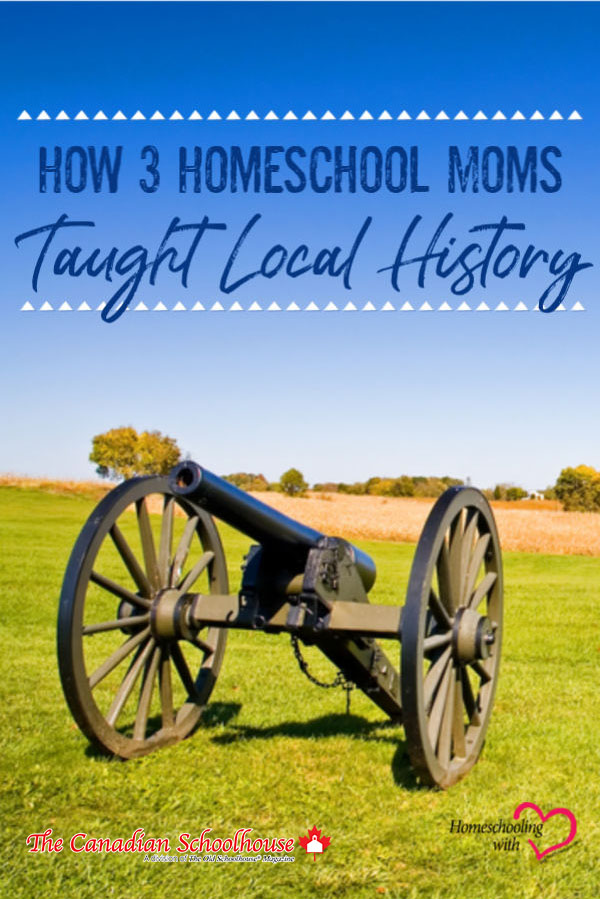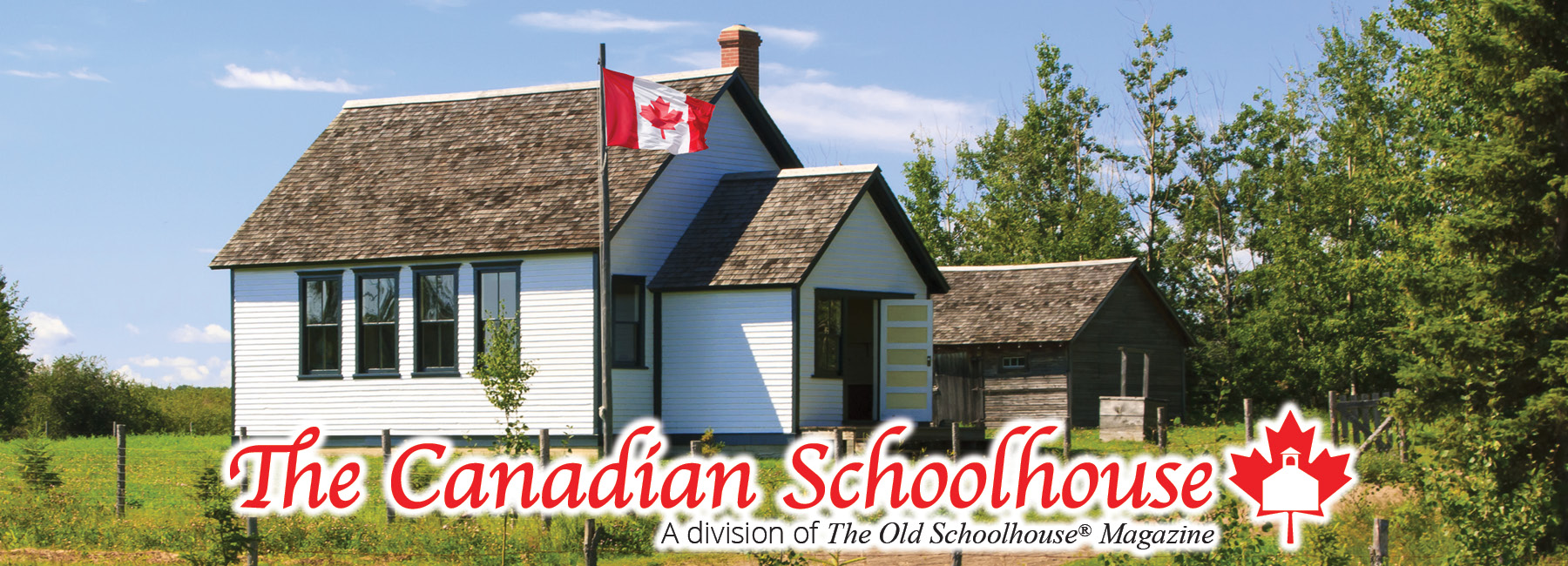
Kenzi’s article was originally published on our Homeschooling with Heart blog.
For more from her, visit her blog at Honey Rock Hills.
What if your best history moments are not buried in textbooks but in your hometown?
Knowing what others have done before us shapes our beliefs about today, and what we leave behind tomorrow. Nothing makes history more personal than stories hidden where we live, work, and sleep. That’s all history is, anyway: stories about real people, what they did, and how it affected us coming behind them. As homeschoolers, we have the benefit of taking our children by the hand and unlocking those stories just waiting to be told. But how do you do it? Listen how three homeschool moms* used everyday happenings to teach their children history.
I Live Next Door To Who?
Heather’s boys are crazy about astronomy. Coaxing them into science studies is one battle this mama doesn’t have to tackle. History is another story. One morning as Travis and Jordan pored over their constellation guides, Heather wondered if any famous scientists were native to their Springfield, Missouri area. Moments later, her phone’s search engine pulled up a black-and-white photo of a dark-haired, strongly built man.
“Boys,” she challenged them as she slipped the phone between the pages and their eyes, “Guess who this man is?”
“Who?”
“The man who discovered there are billions more galaxies than just our Milky Way and whom the Hubble Space Telescope is named for.”
“Really?”
“Yep, and guess where he was born?”
“Where?”
“Just 30 miles away in Marshfield.”
“What? No way!”
Now Heather’s boys can’t learn enough about Edwin Hubble. They read about him, discovering that he began reading as an infant to keep up with his older brother’s and sister’s school studies, entering the University of Chicago at the age of sixteen. Travis and Jordan also learned that both World War I and World War II interrupted Hubble’s discoveries but never stopped them.
What explores, shakers, and visionaries were born or lived in your area? Probably more than you know. To make the discovery even more memorable to your children, choose a field they are especially interested in, and see who were the pioneers in that field.

When Home Was Once A Battlefield
Myleigh’s daughter can’t stand history, especially the American Civil War. “It’s so hard to remember which dates and names go together. And I’m never going to meet these dead people anyway.” Myleigh disciplines her daughter for the bad attitude but wishes that she could make history more meaningful for Kayla. Myleigh’s mom loves genealogy, and wants to take Myleigh and Kayla on a tour of her native county just twenty minutes away. While Kayla is anything but thrilled about the thought of museums and nineteenth century tombstones, she likes being with Nana, so agrees to go.
As they walk out into the sprawling Kansas field, the county historian recounts how so many Civil War battles were fought along the Kansas/Missouri border, that the two states combined had thirty-three battles, outranked only by Virginia and Tennessee. Whoa! Myleigh didn’t even know that. She notices Kayla listening intently as the guide tells about how her grandfather and two of his sons were killed in the multiple battles that ravaged between the free state and her neighboring slave state.
As they walked through the museum, viewing actual Confederate and Union uniforms, Kayla crept up beside Myleigh. “Mom,” she whispered respectfully, “do we have any Civil War battlefields in our county?”
“I don’t know. Let’s ask Mrs. Felts if she knows about battles in Cherokee County.”
Both Myleigh and Kayla are shocked to learn that a battle was indeed fought, and it was a Confederate victory. Of course, now Kayla can barely contain her eagerness to see this hidden ground of history for herself. Did General Grant ever come out this far? Why was Missouri a slave state anyway when it had one of the lowest slave populations in the nation? And why didn’t Kansas become one too?
Some epochs of history like world and even American history seem so overwhelming to children that they can hardly grasp the significance. But when it becomes a place they can visit, experience, and tread upon, that national history becomes personal history.
Father Adam Had Many Sons
As race becomes a sensitive topic for many, Phoebe is concerned about her four children having a biblical worldview of where we came from, and why we are all one human race. Since they live only forty-five minutes from Pictograph State Park in Montana, Phoebe decides on a field trip with her Bible in hand. After several moments of oohs and aahs as the children take turns looking at wildlife, hunts and yet-to-be ciphered images, Phoebe opens the Bible to Genesis 11.
“Guys, where did the Indians come from? How do we explain how you can have hundreds of cultures and ethnic groups all over the earth, yet we are all still people?”
Using the ancient pictographs as a springboard, Phoebe explains that we all came from Adam and Eve, how the world population was reduced to eight people during the Flood, and the Tower of Babel explains how the different family groups scattered and formed the various people groups, making up the human population today.
As with all subjects, history has to be interpreted. If we don’t root our children in the Bible’s historical accounts, they will swallow false tales about where we came from and where we are going.
Everyday is a new opportunity to learn. Stories literally lie buried in the places your family can walk to blindfolded. Which ones are your children going to discover?
*These are fictional families enjoying real, historical facts.
Kenzi Knapp is a follower of Christ, homeschool graduate and student of history. A fourth generation Missourian, she enjoys writing about daily life enrolled in Gods great course of faith and His story throughout the ages at her blog, Honey Rock Hills.





















